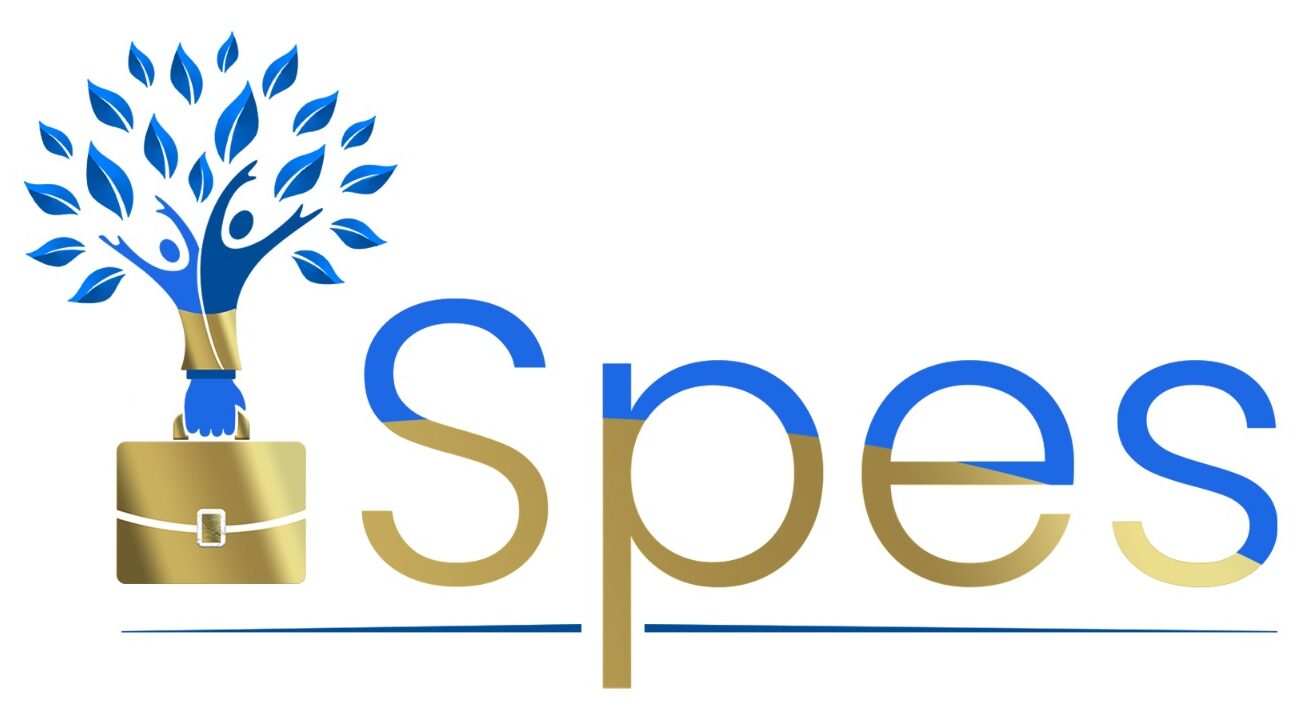Top-to-Bottom Organizational Development: Strategies for Sustainable Growth and Success
Organizational development is a vast topic, encompassing change management, leadership enhancement, performance improvement, and much more. If we are to understand the significance of organizational development from a top-to-bottom perspective, it is essential to view it as a holistic approach that impacts every level of the organization. With that in mind, this article delves into the strategies that promise sustainable growth and success for companies willing to adapt and evolve.
1. Clear Vision and Mission
For any organization to thrive, there needs to be clarity in its direction. Establishing a clear vision and mission sets the course for everyone, from top management to the newest hire. It’s not enough for just the top brass to understand and resonate with the vision; it should permeate every aspect of the organization.
Example: Apple’s vision of creating an “insanely great” product led to innovations such as the iPhone. This vision wasn’t limited to the executive suite. Every employee, from product designers to store representatives, understands and embodies this commitment to excellence.
2. Open Channels of Communication
Building a bridge of open communication between the different hierarchies is vital. Organizations that promote a culture of transparent communication tend to foster trust, leading to increased collaboration and unity.
Example: At Google, employees are encouraged to raise questions, ideas, and even concerns directly to senior management through various platforms, ensuring that voices are heard at all levels.
3. Continuous Training and Skill Development
An organization is only as good as its employees. Regular training and skill development sessions ensure that employees at all levels are equipped to face the rapidly changing market dynamics and technological advancements.
Example: Amazon’s investment in its workforce, known as the “Career Choice” program, pre-pays 95% of tuition for employees to take courses in high-demand fields, even if they’re unrelated to their current roles at Amazon.
4. Employee Empowerment
Empowering employees means giving them the authority, resources, and tools to make decisions. When employees feel empowered, they are more likely to take initiative, think creatively, and contribute significantly to the organization’s success.
Example: Southwest Airlines empowers its employees to take any means necessary to satisfy customers. This level of trust has resulted in remarkable stories of customer service and loyalty.
5. Embrace Technological Advancements
Adapting to new technologies is no longer optional. Whether it’s implementing state-of-the-art software to streamline operations or using data analytics for informed decision-making, embracing technology should be a top-to-bottom strategy.
Example: Netflix’s shift from DVD rentals to streaming, and its adoption of data analytics to understand viewer preferences, has made it a dominant force in the entertainment industry.
6. Foster a Culture of Continuous Improvement
Every department, be it HR, sales, or finance, should have a mindset of continuous improvement. This culture encourages every member to seek better ways of doing their job, leading to incremental enhancements that accumulate into significant improvements.
Example: Toyota’s famous “Kaizen” approach, which emphasizes small, continuous improvements, has been a cornerstone of its operational excellence.
7. Focus on Employee Well-being
A sustainable organization recognizes the well-being of its employees as a critical factor. This includes not just physical health but also mental and emotional well-being.
Example: Companies like Salesforce prioritize employee well-being through various initiatives, including meditation rooms, wellness challenges, and mental health programs.
8. Adaptability and Flexibility
Organizations that are rigid in their approach might find it challenging to survive in today’s dynamic world. Adopting a flexible strategy, being ready to pivot when necessary, and being receptive to change are key.
Example: Slack, originally a gaming company, pivoted its entire business model to become a leading collaboration software platform after recognizing the potential in an internal communication tool they developed.
In conclusion, top-to-bottom organizational development is not just a strategy; it’s a mindset. It requires an alignment of purpose at every level, open channels of communication, and an unwavering commitment to continuous growth and improvement. Companies that embrace this holistic approach are not only better poised for sustainable growth but are also more resilient in the face of adversity.



